By Julie Wright —President
Twitter:
If you’re like most communicators, you engaged in some kind of 2018 planning and goal setting. And you probably worked with your social media team on measurable objectives for each platform, including Facebook, but then, on January 11, Facebook’s changes came down with a massive thud.
The social network announced it was changing the game. And, bam! You realized you needed to change your game too.
“I’m changing the goal I give our product teams from focusing on helping you find relevant content to helping you have more meaningful social interactions.”
– Mark Zuckerberg, CEO of Facebook
Not that organic reach for brands on Facebook hadn’t already fallen by half over the past three to four years. Smart and strategic communicators could still find ways to continue to drive engagement and ensure that, despite falling reach and lower and lower visibility in news feeds, their content was attracting engagement and staying on the good side of Facebook’s algorithm.
But that could be changing. Here we are entering 2018 with Facebook announcing that the paltry 2 to 6% reach averaged by brands (or Publishers, as Facebook calls them) is too high and degrading the news feed experience for real people. Going forward, Zuckerberg said, brand content will be further suppressed in news feeds while posts from friends and family will be given more visibility.
Clearly, the message is that Facebook is a pay to play platform for brands not unlike traditional media outlets.
So, where do Facebook’s changes leave organic content for brands?
DOWNLOAD: 8 Smart Ways Your Brand Can Adapt to Facebook’s Changes in 2018.
Unless it’s exceptionally engaging (think animals, kids, heroes and other phenoms, kickboxing octogenarians, etc.), your content may not be seen by sufficient numbers to justify the effort it took to create that content. Worse, if your content isn’t regularly engaging people, you’ll be digging yourself a deeper hole. It’s essential in 2018 to fully commit to quality over quantity in your Facebook strategy, if you haven’t already.
Facebook Live videos are expected to remain a powerful engagement tool. Currently, when you launch a Facebook Live video stream, Facebook alerts your followers. So, this is definitely one tactic to embrace to raise your page’s visibility and share engaging content with more followers.
If you’re a manufacturer or a B2B company, it’s going to require a lot of creativity to keep your content engaging.
Nonprofits have a better shot because typically causes are more engaging. Expect to see more cause marketing partnerships between brands and nonprofits on social media in 2018.
If you’re a resort that can produce and share incredible experiences and travel ideas for your guests, you might break through by tapping into everyone’s desire for a great get away. But how many businesses have the time and resources to consistently pull together and pull off this kind of show stopping or heart rendering content?
The first rule of good communication has always been to know your audience. This will be truer than ever in 2018. What has resonated with your audience in the past? What are they struggling with? Excited by? Interested in? Mine your Facebook data and customer research for content ideas that you know will connect with your followers.
That said, all brands have promotional messages that they must distribute to show ROI on their social media investment, but just as with traditional media outlets, they’ll need to pay Facebook to deliver those messages to followers. That is the clearest impact of Facebook’s changes.
Facebook is completing its evolution from a social sharing platform to a paid advertising platform for brands and businesses. Plan to adjust your strategies in 2018 to succeed under this new reality. 
Looking back over the past six months at some of our client partners’ pages, we’ve seen a few trends worth noting. Our results will be different than yours, depending on your brand page or the variety of brand pages you manage. But this is an exercise every Facebook admin should do to get a clear handle on how their content has been performing in order to better leverage what works. Here are our findings and recommendations:
REACH
- Our post with the greatest reach in 2017 featured a testimonial video message from a famous celebrity (i.e. an influencer). Prioritize influencer engagement on Facebook in 2018 to maintain or extend reach.
- Other top posts by reach in 2017 were those that we tagged with other brands or real people. Connect your content to real people whether they’re employees, customers, donors, celebrities or community leaders. This will be a key strategy to ensure that your content is meaningful. It must feature real people and brand relationships and not simply be a brand billboard.
- About half of all organic impressions were earned virally by people sharing our content. Put another way, for every 2 people that saw unpromoted content, a third person saw it on their friend’s page. In 2018, brands need to post Facebook content that starts conversations and is worthy of sharing. Be careful not to ask for shares or comments! Facebook’s algorithm will punish posts that overtly ask “share this.”
COMMENTS
- The posts with the greatest volume of comments were related to contests and sweepstakes. These were also boosted. Facebook’s algorithm didn’t punish our sweepstakes content but be careful. If you create contests on Facebook in 2018, be sure you comply with all rules and best practices. Create some value in the contest for true engagement (don’t ask followers to tag a friend or for one-word responses). This can be a fun way to engage with your followers and drive some of that meaningful interaction Mark Zuckerberg wants to see, if done right.
- Other posts with a high volume of comments tended to appeal to followers’ nostalgia and encouraged them to share memories or personal details or stories. Drive conversations with your followers in 2018. Look for opportunities to start conversations. But don’t start a conversation at 5 p.m. and let comments go without a response until the next morning. The Facebook algorithm pays attention to how quickly your respond and rewards fast responses and exchanges in the comments.
PAID PROMOTION
- Paid promotion generated quadruple the number of organic video views. If you’re going to put the time into creating videos for Facebook in 2018, plan to support them with paid promotion.
- Paid promotion drove 40 percent more impressions than organic impressions. Continue to use boosting on Facebook in 2018 to add momentum to content that is already performing well. If you have an important message that you want your followers to get but that you don’t expect they’ll want to interact with, consider an advertisement instead. Dry and purely informational posts or announcements by brands will hurt their Facebook performance. Save those for advertisements or email campaigns.
What was your experience in 2017? And how are you preparing for Facebook’s changes in 2018? Share with us at @wrightoncomm or tag us with #WOCPR on Twitter. In addition to the ideas shared above, we’ve compiled a more detailed set of recommendations in our white paper on Facebook’s changes.
DOWNLOAD: 8 Smart Ways Your Brand Can Adapt to Facebook’s Changes in 2018.
This is a helpful tool for sharing with your team to get everyone on the same page and thinking creatively about your social media program in 2018.



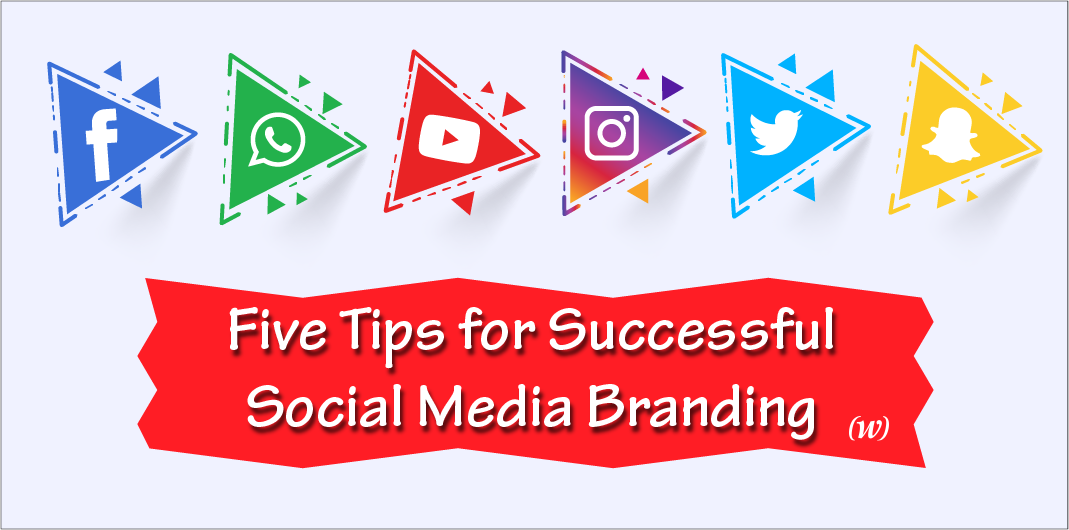


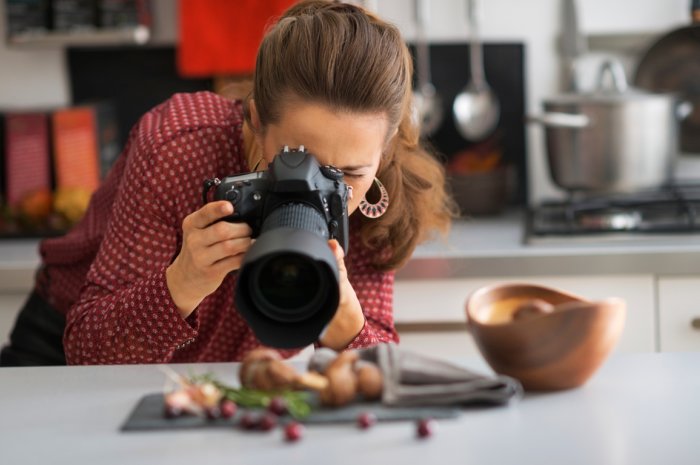
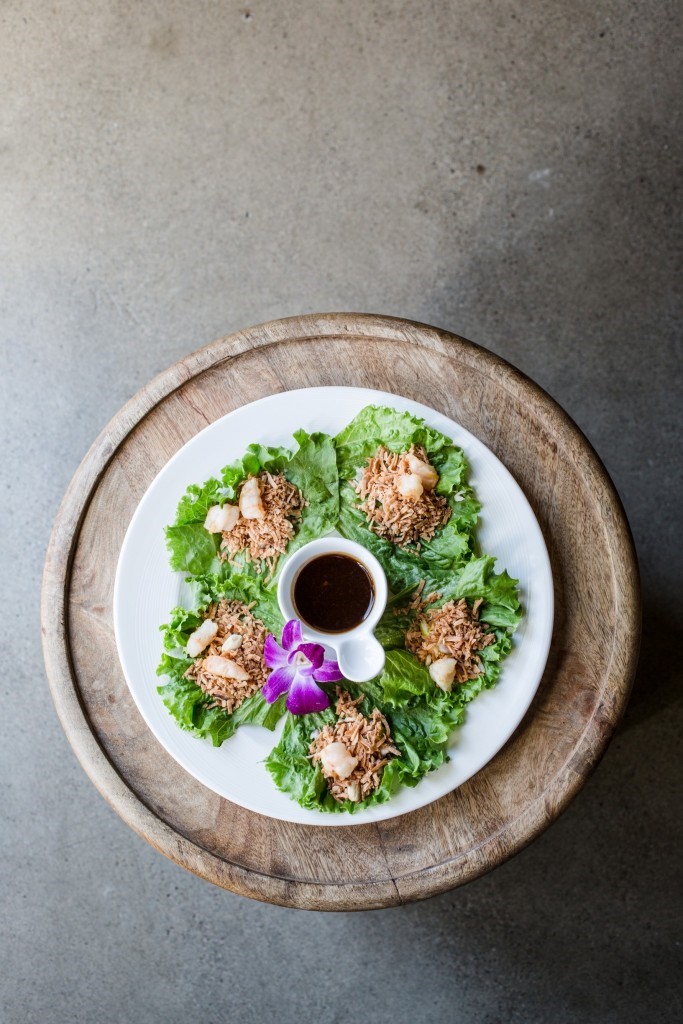



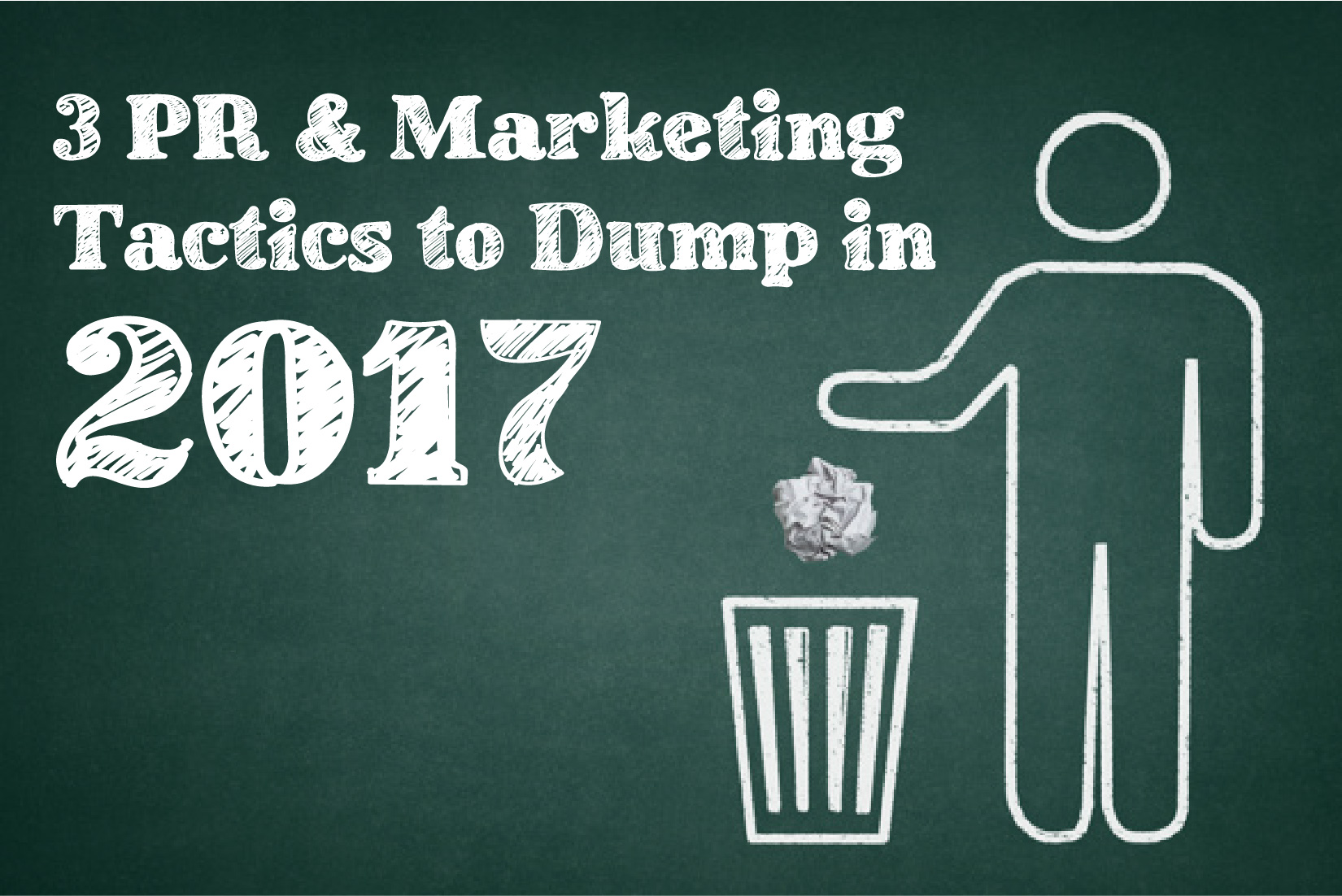





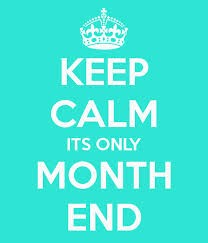

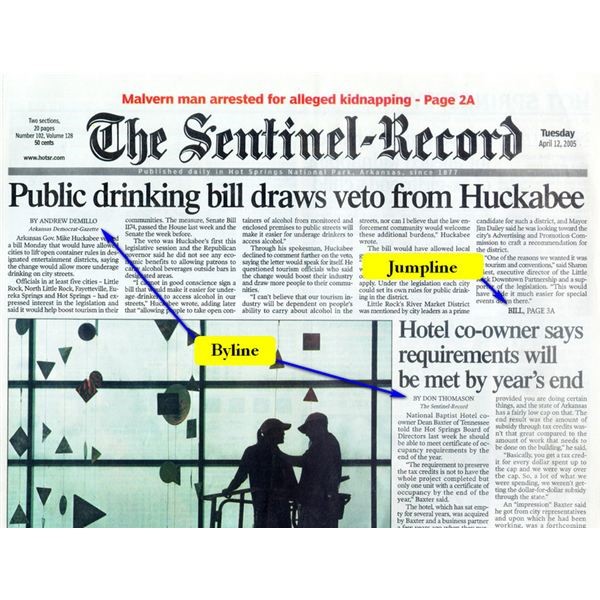

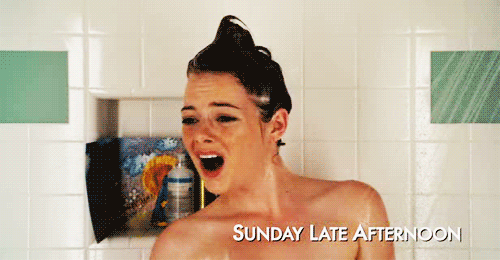

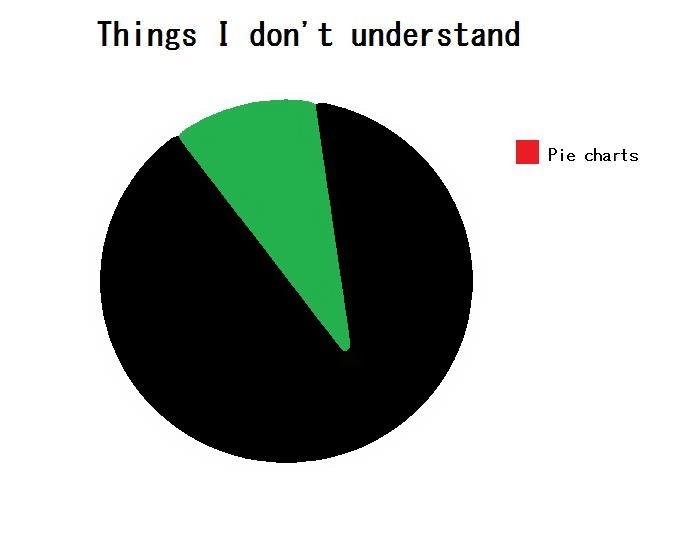

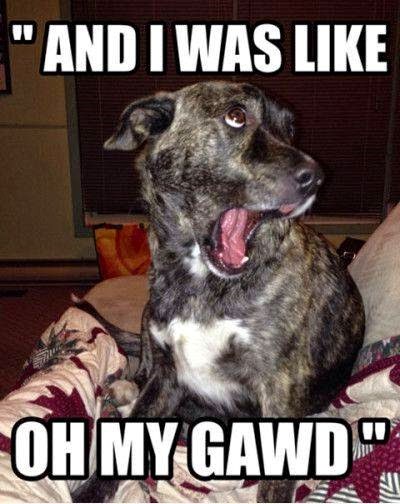

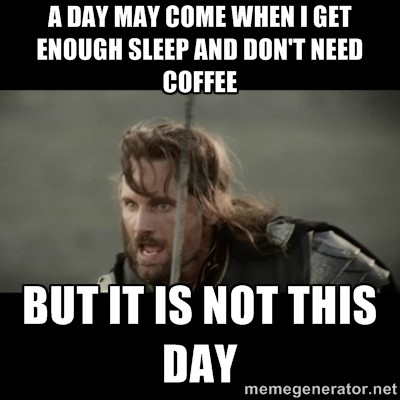










 Grant Wright
Grant Wright Corie Fiebiger
Corie Fiebiger
 Shae Geary
Shae Geary Phelan Riessen
Phelan Riessen Katrina Early
Katrina Early Hamish Marshall
Hamish Marshall